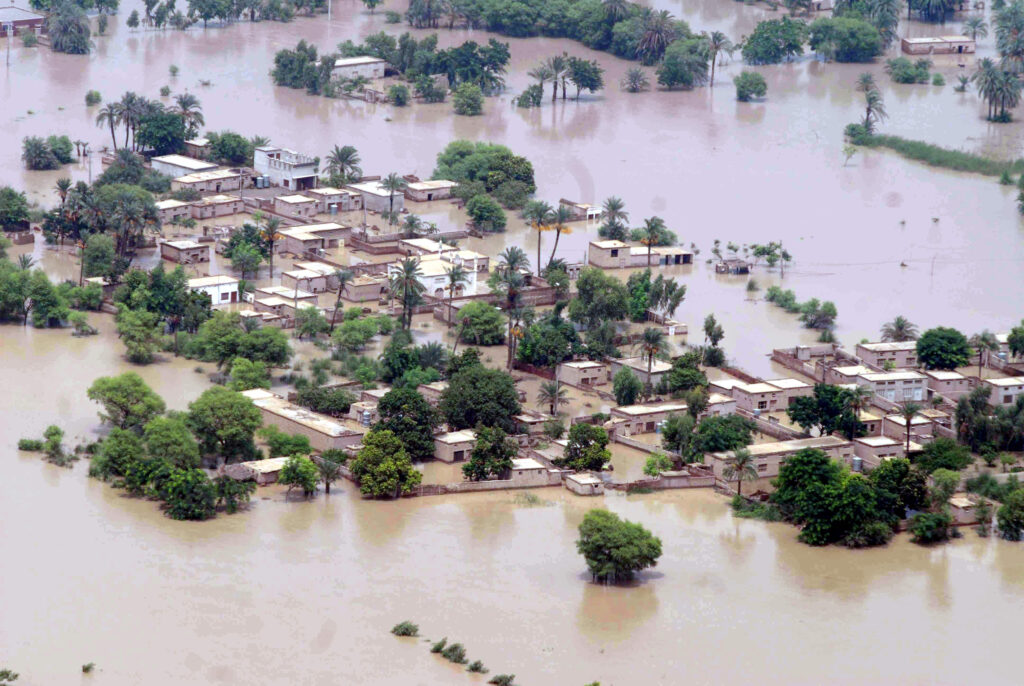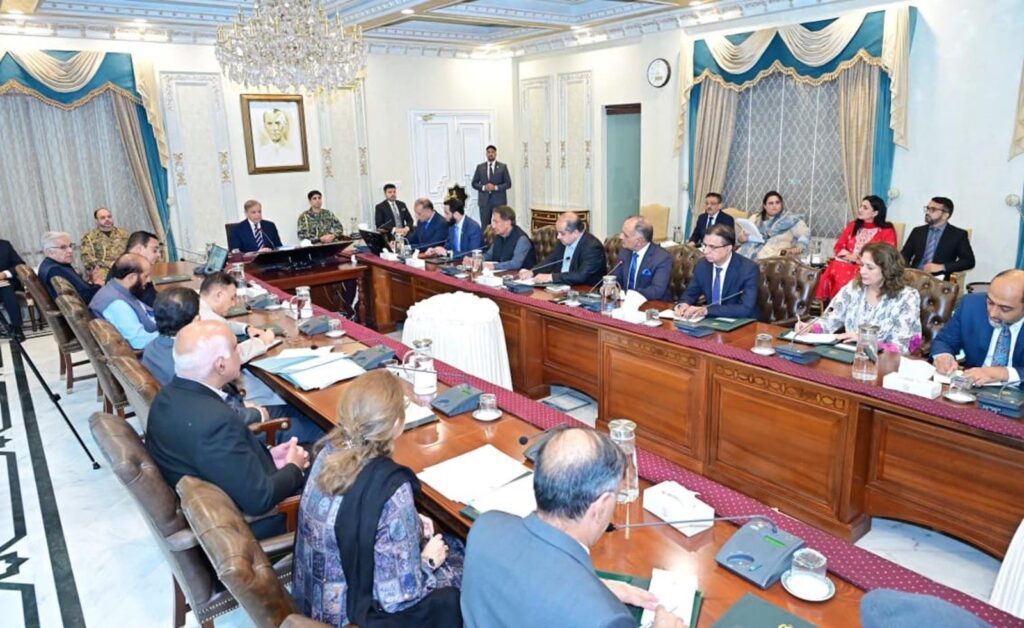APP

Islamabad:: Recent cloudbursts and flash floods in Khyber Pakhtunkhwa’s upper districts have wreaked havoc, causing loss of lives, widespread destruction, and severe damage to key infrastructure. Schools, police installations, and residential areas have suffered the most, as initial reports reveal alarming levels of devastation.
Police Infrastructure Suffers Heavy Damage
The floods left several police stations and offices submerged. In Mingora, the Police Station and SP Investigation Office basement were inundated, destroying the ground floor, furniture, main gate, multiple vehicles, and motorcycles. Residences of DSP City and DSP Saidu in Swat also sustained heavy damage to household items.
In Buner, boundary walls of Batara Police Station were swept away, while in Shangla, one wall of the Police Rest House collapsed. No major damage has been reported so far from Upper Dir, Lower and Upper Chitral, or Bajaur. Police teams are continuing district-level surveys, though crippled communication networks in remote valleys remain a major hurdle.
Education Sector Bears the Brunt
The education system has taken the heaviest blow. According to the Elementary and Secondary Education Department, 61 schools have been completely destroyed and 324 partially damaged.
- Among the schools destroyed: 52 primary, 7 middle, and 2 high schools.
- Among the partially damaged: 233 primary, 35 middle, 42 high schools, and 14 higher secondary schools.
Swat was the worst hit, with 91 schools destroyed and 30 partially damaged. Shangla lost 11 schools completely and 50 partially, while Haripur reported 7 schools destroyed and 29 damaged. Lower Dir saw 17 schools destroyed, Abbottabad 3 destroyed and 67 damaged, Buner 4 destroyed and 14 damaged, and Battagram 9 destroyed and 6 damaged.
The floods also claimed lives within the education sector: 4 teaching staff and 2 non-teaching staff were killed, 3 teachers injured, while among students, 2 deaths and 2 injuries were confirmed.

Prime Minister Pledges Federal Support
Prime Minister Shehbaz Sharif has pledged full federal support for the flood-hit communities of KP, GB, and Azad Kashmir. Chairing a high-level meeting in Islamabad, he announced the donation of one month’s salary from the federal cabinet for relief efforts.
“In this hour of calamity, there is no federal or provincial government; helping our distressed Pakistani brothers and sisters is our national responsibility,” the PM said, emphasizing unity over politics.
Relief and Rehabilitation Plans
The Prime Minister directed:
- Federal institutions to intensify relief operations.
- NDMA to provide a final damage assessment and a comprehensive distribution plan for relief items.
- NHA and FWO to prioritize opening blocked highways and repairing bridges.
- Ministry of Power to restore electricity in affected areas.
- Ministry of Health to dispatch medicines and medical teams and set up medical camps.
- Benazir Income Support Programme to mobilize assistance for victims.
He further instructed federal ministers to remain in flood-hit areas until every affected person is assisted and basic services are restored.
Current Relief Operations
NDMA briefed the meeting that 456 relief camps have been established and 400 rescue operations conducted. Relief convoys carrying essential supplies are being dispatched to the hardest-hit regions. Preliminary estimates put damages to public and private property at over Rs 126 million.
Officials also warned that the monsoon season will last until the second week of September, with at least two more heavy spells expected, prolonging the crisis.























